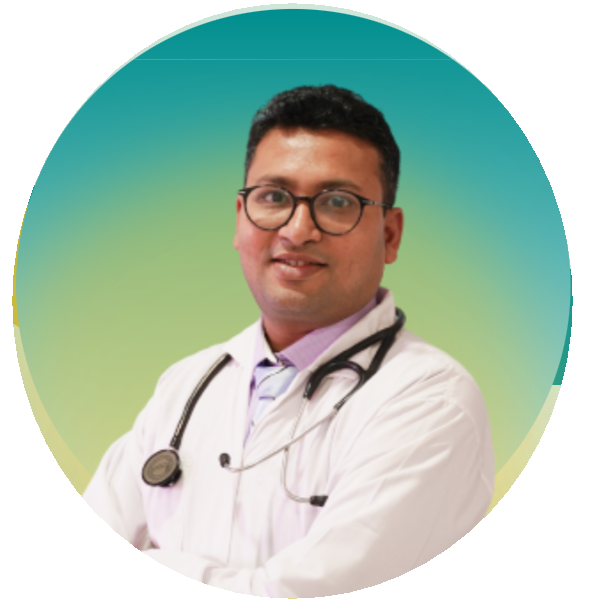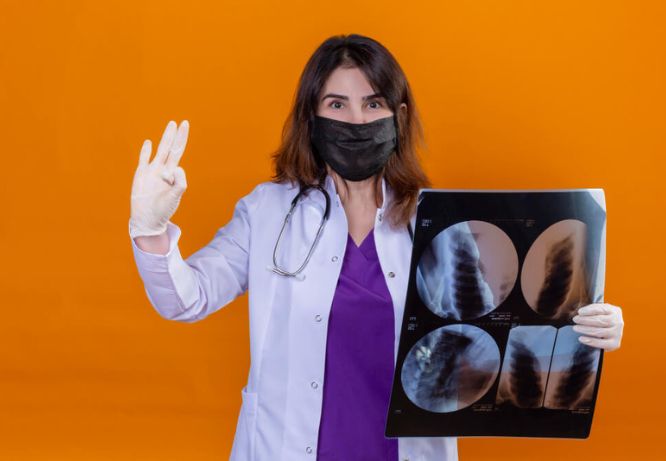Imagine your body is like a big, busy city. Your lungs are like the city’s air filters, helping you breathe. Sometimes, bad cells can start causing problems in the lungs. This is what we call non-small cell lung cancer (NSCLC). Today, we’ll talk about how doctors are treating this cancer now and what cool new things might help in the future.
What is Non-Small Cell Lung Cancer?
Non-small cell lung cancer is a kind of cancer that starts in the lungs. The lungs are very important because they help us breathe. When cancer starts in the lungs, it can make it hard to breathe and feel unwell. This cancer can also spread to other parts of the body, which makes it more difficult to treat.
How Doctors Are Treating Advanced NSCLC Now
When NSCLC is advanced, it means the cancer has spread. Treating it can be tough, but doctors have some strong tools:
- Chemotherapy: This is a type of medicine that helps kill cancer cells. It’s like using a special cleaner to scrub away the bad stuff. But sometimes, it can make you feel sick because it also affects healthy cells.
- Radiation Therapy: This uses special rays to target cancer cells. Think of it like using a laser to remove the bad cells while trying to keep the good cells safe.
- Surgery: If the cancer is in a place where surgery is possible, doctors might be able to remove it. This can help, but it’s not always an option for advanced cancer.
New and Exciting Treatments
Doctors are always finding new ways to treat cancer. Here are some exciting new treatments:
- Immunotherapy: This treatment helps your body’s own defense system (immune system) fight cancer. It’s like giving your body’s soldiers special training to recognize and attack the cancer cells. In Ahmedabad, doctors are working to make immunotherapy even better.
- Targeted Therapy: This treatment targets specific parts of cancer cells. It’s like using a special key to lock out the bad cells without harming the healthy ones.
- Personalized Medicine: This is a new way of treating cancer where doctors use information from each person’s cancer to find the best treatment. It’s like getting a custom-made plan that fits just right for each patient.
- Combination Therapies: Sometimes, using a mix of treatments can work better. For example, combining immunotherapy with other treatments might help fight cancer more effectively.
Future Trends in NSCLC Treatment
The future looks bright for treating advanced NSCLC. Here are some exciting things that might happen:
- Better Tests: Scientists are working on new tests to find cancer earlier and more accurately. This means doctors can start treatment sooner and improve results.
- Improved Immunotherapy: Researchers are making immunotherapy work better for more people and with fewer side effects. They are also figuring out how to combine it with other treatments for even better results.
- Better Personalized Medicine: With new technology, doctors will have even more tools to customize treatments for each person. This means more effective treatments with fewer side effects.
- New Drugs: Scientists are discovering new drugs that can target cancer more precisely. These new drugs can help people with advanced NSCLC live better lives.
How Dr. Vikesh Shah is Helping
Dr. Vikesh Shah is a specialist who is helping people with advanced cancer treatment in Ahmedabad. He is using advanced treatments, including immunotherapy, to give his patients the best care possible. His work is making a big difference in helping people fight cancer.
Conclusion
Treating advanced non-small cell lung cancer is challenging, but there is hope. With current treatments and exciting new developments, doctors are finding better ways to help people with this type of cancer. Advances in immunotherapy, targeted therapy, and personalized medicine are making treatment more effective. Doctors like Dr. Vikesh Shah in Ahmedabad are at the forefront of these changes, bringing new hope to patients.
By learning about these treatments and future trends, we can be hopeful about finding better ways to fight cancer and help people live healthier lives.

